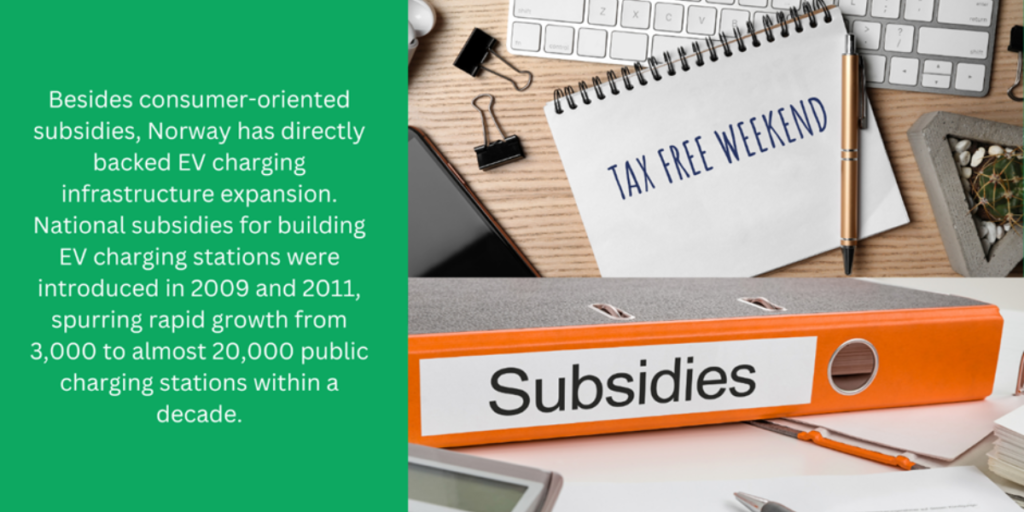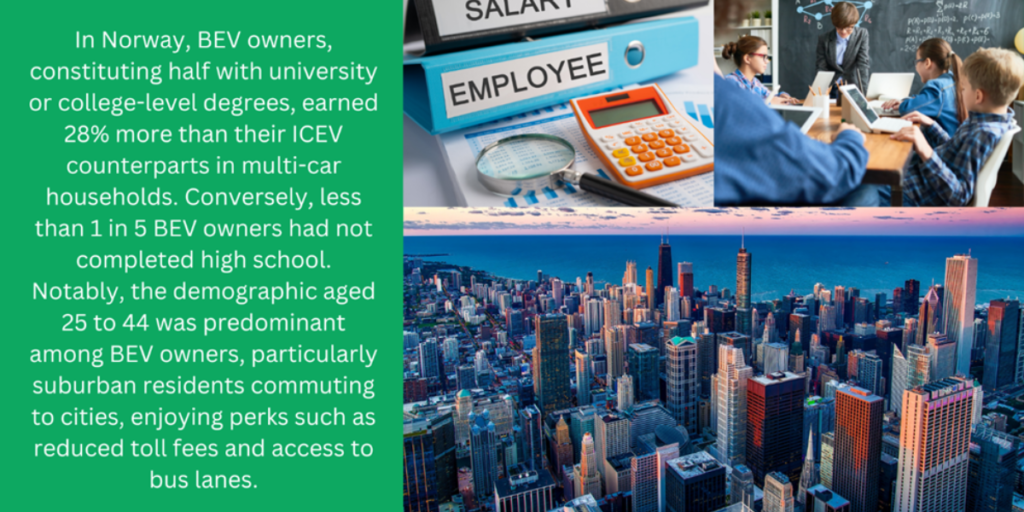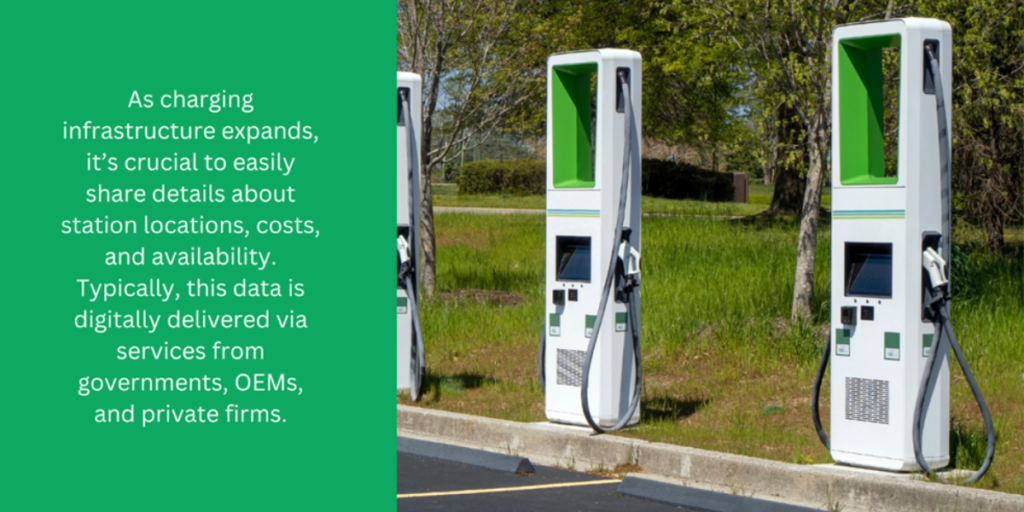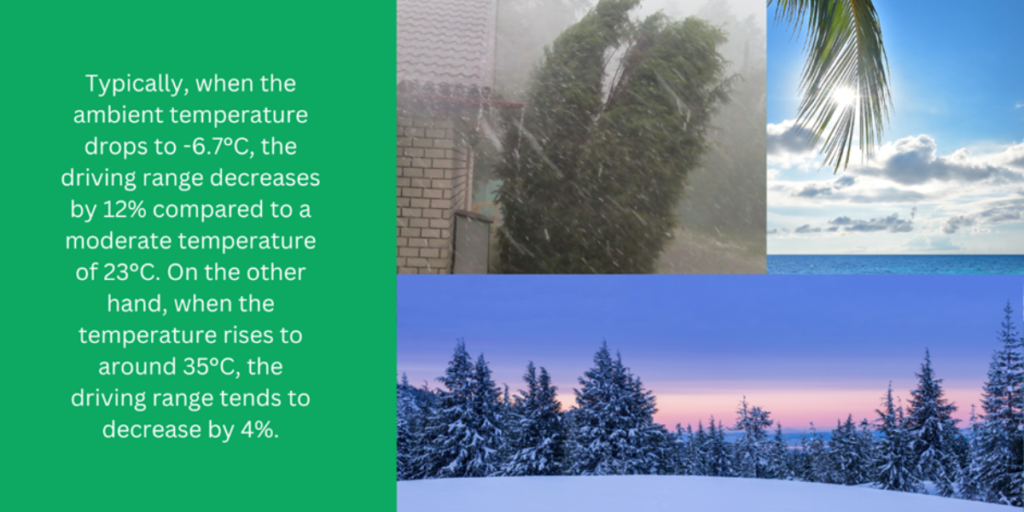
Lessons from Norway on Their Journey to Electric Dominance and What It Means for India

I recently came across an insightful study conducted by Autocrypt, delving into the success story of electric vehicles (EVs) in Norway. The study dissected the phenomenon into four key components: government initiatives, socio-economic factors, public charging infrastructure, and climate factors.
Drawing inspiration from Norway’s experience, we can tailor these insights to our consumers, landscape, and climate. To provide a concise overview, I summarized the study in 700 words, capturing the crucial elements that contributed to the rapid acceleration of EV adoption in Norway.
1️⃣ Government Incentives:

Norway’s journey towards EV dominance began in the 1990s when the government introduced pioneering subsidies for electric vehicles. Recognizing the hurdle of high EV prices, the Norwegian government implemented various financial incentives, including VAT exemptions, registration tax waivers, toll road and ferry fee exemptions, and more. These incentives significantly reduced the upfront and ownership costs of EVs, making them more affordable than their fossil fuel counterparts.
Initially exclusive to early adopters, these perks expanded to a broader audience as the market matured. However, in recent years, some fees were reintroduced, albeit with limitations. Despite this, Norway’s government incentives played a pivotal role in the rapid adoption of electric vehicles.
2️⃣ Socio-economic Factors:

Understanding the socio-economic landscape is crucial in deciphering Norway’s EV success. Income levels, education, age, and urbanization all shape consumer behaviours and contribute to Norway’s remarkable EV adoption rates.
✅ Income: Norway’s high average household disposable income, standing at $39,144, significantly surpassing the OECD average, has been instrumental. A 2020 study revealed that BEV owners earned 28% more than ICEV owners, indicating a positive correlation between income levels and EV adoption rates.
✅ Education: Education also plays a role, with BEV owners often having more years of education. Degrees in technical or business and economics were more prevalent among BEV owners, suggesting a connection between education, understanding of incentives, and the value of new technologies.
✅ Age: Norway’s data from 2011-2017 shows that the age group of 25-44 had the highest BEV ownership, while those over 65 had the lowest. Older demographics tended to resist EV adoption, a challenge that can be addressed by increasing EV visibility in daily life and providing more educational opportunities.
✅ Urbanization: Urban areas, particularly Oslo and Bergen, witnessed higher BEV adoption rates. A 10% increase in urban population correlated with a 5.5% rise in BEV adoption. Government incentives reduced toll rates, and convenient charging networks in cities contributed significantly.
3️⃣ Public Charging Infrastructure:

Norway’s commitment to a robust charging infrastructure is evident with nearly 20,000 charging stations concentrated around metropolitan areas. Government subsidies since 2009 spurred the growth of public charging stations. Initially pivotal for EV adoption, their impact diminished as 80% of Norwegian BEV owners became homeowners, granting them access to at-home charging facilities.
Ensuring accessibility for EV users is as crucial as establishing charging stations. For example, the Norwegian Electric Car Association offers a mobile application that consolidates stations from various networks. This app assists EV drivers in locating nearby charging stations, checking their operational status, and planning routes with charging stops en route. EVJoints aims to replicate this approach in India in the coming months, offering a streamlined EV charging experience that spans various charging station networks, eliminating the need for users to install multiple applications.
While Norway’s public charging availability may no longer be a critical factor, its significance remains vital for countries where a significant portion of the population lacks at-home charging options. A well-established infrastructure not only supports EV adoption but also eases range anxiety.
4️⃣ Climate Factors:

Climate considerations play a role in EV adoption, especially in a country like Norway with cold winters. The AAA’s study indicates that extreme temperatures can significantly affect EV driving range. Norway’s average minimum temperature of -8.98°C in the coldest months impacted EV adoption, with a 5.5% increase in adoption for every 10°C rise in minimum temperature.
To address climate-related concerns, improvements in battery efficiency are necessary. The establishment of a widespread charging network, as seen in Norway, ensures accessibility and reduces range anxiety, crucial factors in colder climates.
Conclusion – Lessons for India:
While Norway’s EV journey is fascinating, it’s crucial to acknowledge the uniqueness of each country. India, with its diverse socio-economic landscape, must tailor strategies for EV adoption. Embracing government incentives, understanding income and education correlations, focusing on urbanization, and building a robust charging infrastructure are key takeaways from Norway’s success.
In conclusion, Norway’s success in EV adoption serves as a beacon for sustainable transportation globally. As nations navigate their electrification journeys, adapting strategies to local contexts is essential. Norway’s story is an inspiration, reminding us that while the road to electrification may follow similar principles, the route must be uniquely crafted for each nation’s distinctive characteristics.
If time permits, I highly recommend reading the entire report. Here’s the link to the report. https://autocrypt.io/downloads/abstract-case-study-ev-insights-norway/
About the author
Charles Nadar, the founder of EVJoints, dedicated his career to the EV industry after spending over 17 years in the BFSI sector. He left his position as Head of Marketing at Motilal Oswal in June 2022 to focus on promoting the adoption of EVs. Since then, he has been committed to assisting emerging CPOs in maximizing the utilization of their stations, providing a seamless EV charging experience for users. His mission is to interconnect the EV charging ecosystem, making it more convenient for EV users to charge their vehicles and enabling CPOs to reach a broader audience. This increased visibility leads to higher traffic and ultimately, increased revenue.
About EVJoints
EVJoints aggregate charging stations, creating an interconnected charging ecosystem. We eliminate the need for installing multiple charging apps from various station owners, streamlining the process of charging electric vehicles (EVs) and managing wallet balances across platforms. Our unified app seamlessly connects EV users to stations across different networks by onboarding charging stations from various networks, alleviating range anxiety and enhancing the overall charging experience. This not only encourages EV users to embark on worry-free, longer trips but also benefits charging station owners by increasing station utilization and simplifying management.
By prioritizing accessibility and convenience, EVJoints actively contributes to the growth and adoption of electric vehicles, playing a pivotal role in shaping a sustainable transportation future.
